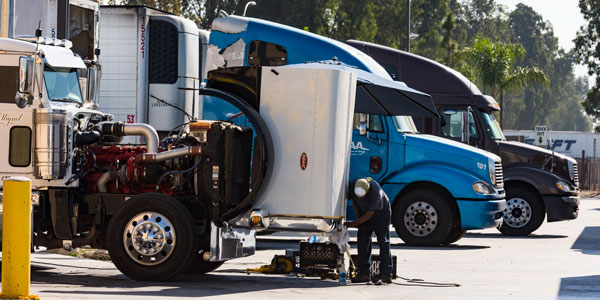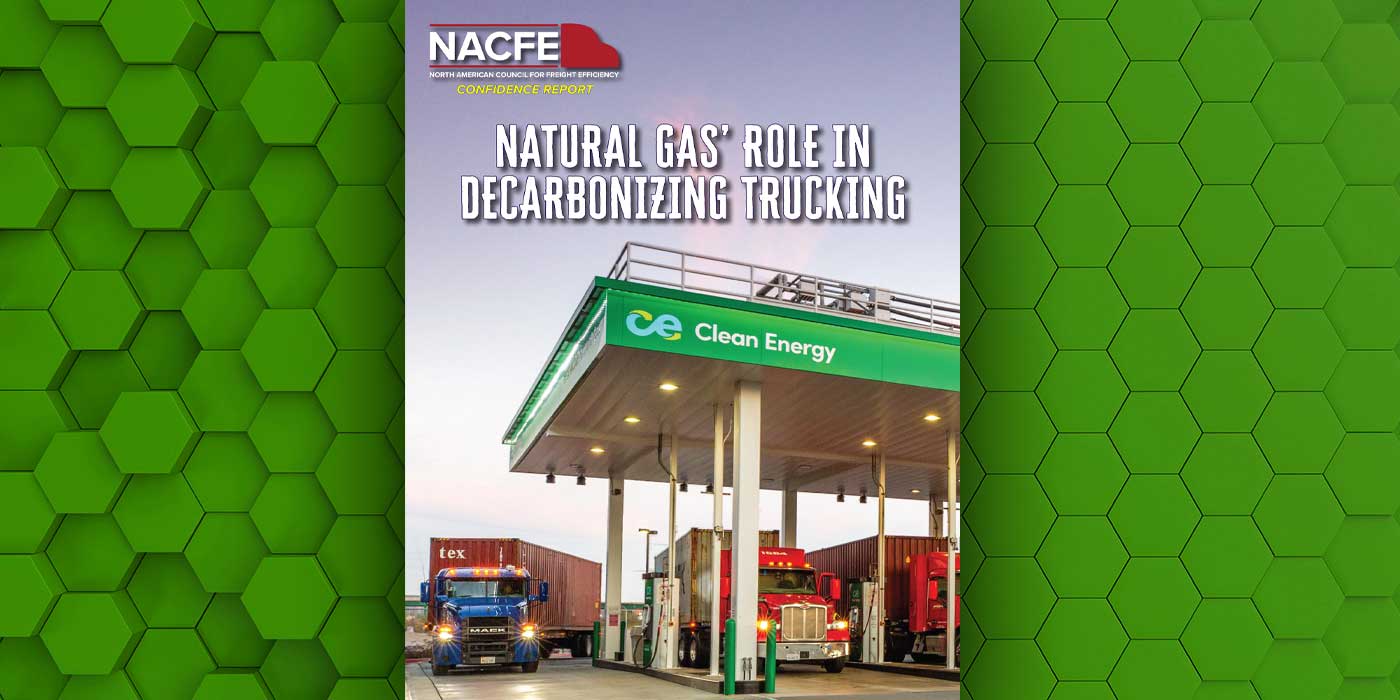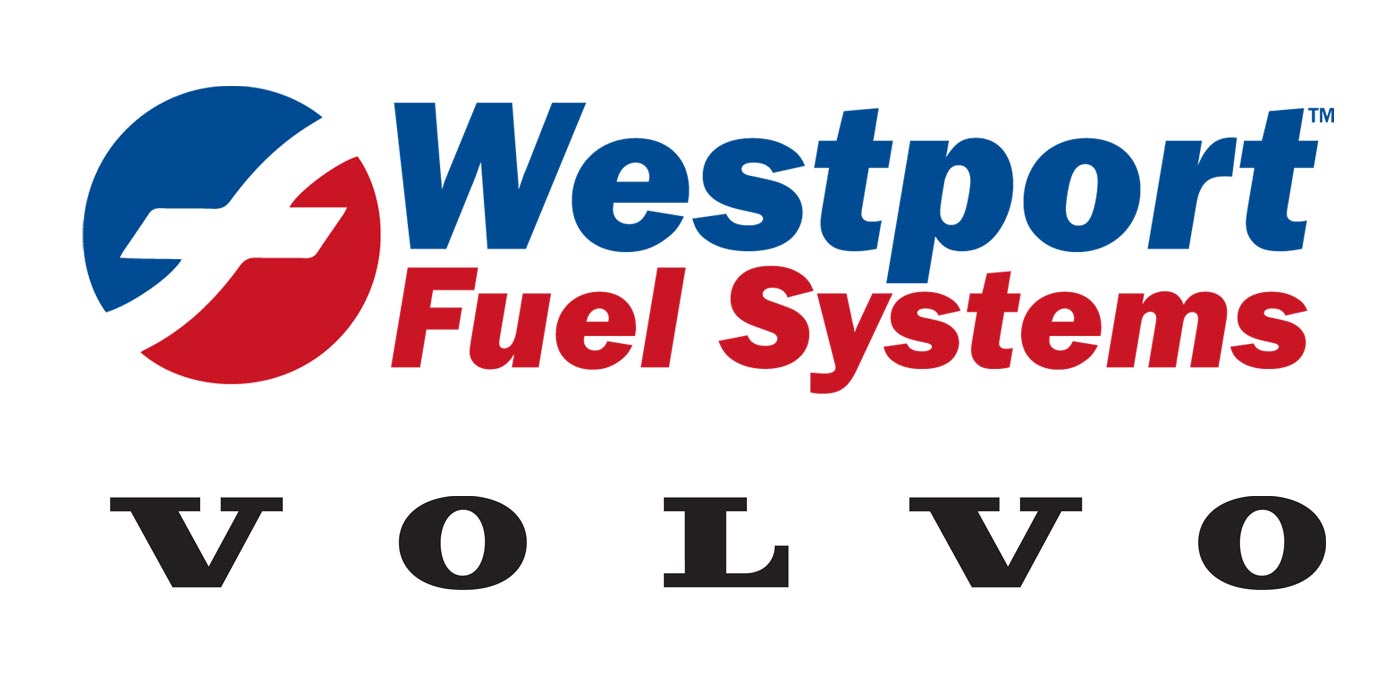The move to ultra-low sulfur diesel (ULSD) has been a good thing for the environment, but it has not come without some undesirable side effects for diesel engines. Chief among them is the loss of lubricity. Sulfur is what gives diesel fuel its lubricating properties. By shifting to ULSD, diesel fuel significantly reduced the component that helped with lubricity. As a result, many fleets are spending money on lubricity additives. But there is another answer.
Biodiesel has great lubricity characteristics, and can be easily blended with petroleum diesel. Adding as little as 2% biodiesel (a B2 blend) provides the necessary lubricity required in the fuel—and higher blends help add even more lubrication.
Why lubricity matters
Lubricity is critical to fleet performance because it helps protect the engine from damage. There are a lot of moving parts in an engine, including pumps and injectors that need a lubricating agent in order to prevent wear and damage. And many of the parts are lubricated by the fuel used in the vehicle—so a fuel that lacks lubricity does not provide the necessary protection. Proper lubricity management can also help an engine run smoother, more quietly and cooler.
How biodiesel helps
Unlike diesel fuel, biodiesel does not rely on sulfur for lubrication. Instead, it’s the oxygen in biodiesel that gives the fuel its lubricity characteristics. (It also gives biodiesel a higher Cetane number and aids in more complete combustion compared with petroleum diesel.) And biodiesel doesn’t just do an adequate job at lubricating engines; it excels. A 2007 study found that a B2 blend outperformed 18 other products on the market when it came to lubricity.
The use of biodiesel can eliminate the need for lubricity additives. In fact, a B2 blend supplies the amount of lubricity needed to meet the ASTM D975 spec. Using higher blends of biodiesel—as many fleets are increasingly doing, including up to B20—aids in the lubrication process even more.
Also, let’s consider the primary reason ULSD exists: to reduce harmful emissions. Biodiesel outperforms it here too. Biodiesel offers significant reductions in particulate matter, carbon monoxide and unburned hydrocarbons.
So, not only does biodiesel do a better job at lubricating engines, it’s also better for the environment than ULSD.
This article was contributed by Troy Shoen, senior manager of marketing at Renewable Energy Group, Inc. Troy can be contacted at [email protected].














